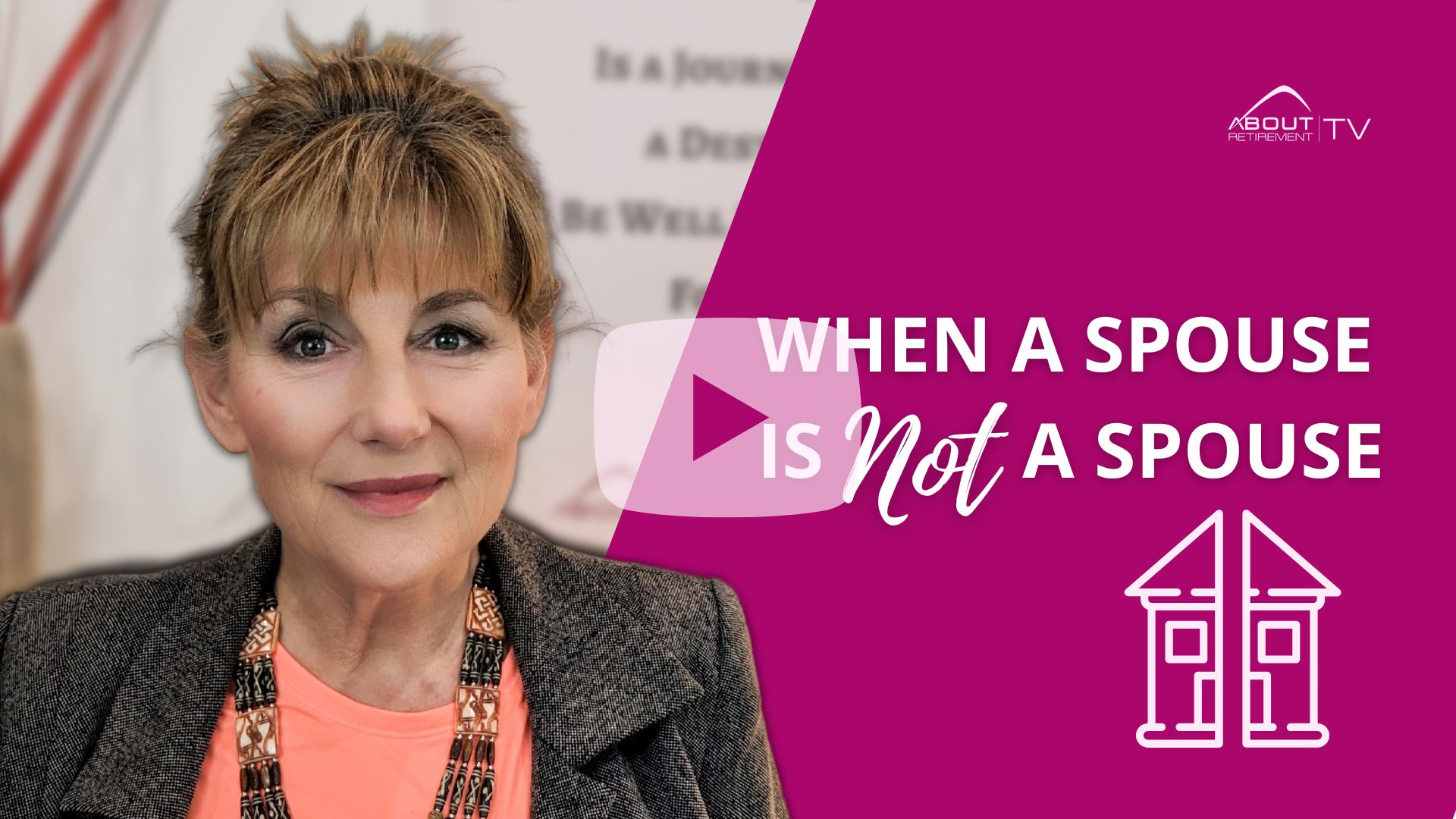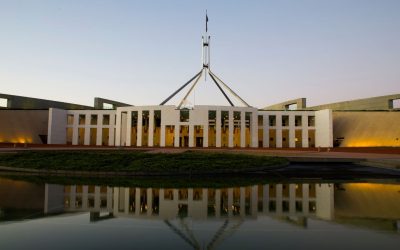
When a spouse is not a spouse for Centrelink purposes
If you are married or living in a de facto relationship with a person, legally you are a couple, but Centrelink has different rules and sees a spouse or a partner, differently than the legal system in Australia.
For social security purposes, the fact whether you are or not in a relationship is so much more complex.
You really need to understand the rules and see what applies or does not apply to you, because at the end of the day, the Age Pension, Disability Support Pension or any other social security benefit is based on your family dynamics.
Do you or don’t you have a partner? Are you or aren’t you in a relationship? This is the very first question Centrelink will ask to determine how to calculate your benefit, as a single person or as a member of a couple. So, let’s discuss this in details when a spouse is not a spouse for Centrelink purposes.
I have been talking about Age Pension for a long time on this channel, there is a whole playlist dedicated to retirement and maximising Age Pension, this is what I do daily for clients in my practice: maximising government benefits, setting up income streams that provide security for life while allowing for growth of your estate as well as tax management.
But today we are talking about Age Pension and any other Centrelink benefit from social context of a family life and your relationship or lack of it as described for social security assessment.
In the eyes of the law you are a couple or living in a de facto relationship if you live together not necessary under the same roof, but very often this is the case, you have the family together, children together, assets that you build overtime together etc.
But this is not a definition for Centrelink purposes.
For Centrelink, the definition of living in a couple relationship is explained in section 4 of Social Security Act 1991 that generally explains that two people are members of a couple if:
1. They provide financial support to each other and if there is a joint asset ownership between them,
2. There is a joint family household arrangement, care for children and share of housework,
3. They present themselves to friends and acquaintances as a couple,
4. There is a sexual relationship between the two people,
5. There is a commitment of the two people to each other.
You don’t have to comply with all those points.
But what does it mean in plain English?
Basically it means that if you are in a healthy relationship with another person, you live together, support each other, all your friends see you as a couple, you share your life expenses, you care for your children together –then for Centrelink purposes you are members of a couple and you will be treated as a couple and all your benefits will be calculated as such.
If however you live with another person under the same roof, but your life is really separate lifes, each person has his or her own budget, separate expenses, you don’t share your income, your assets, you don’t really share your life together, you have separate friends, you see your kids on different occasions, then for Centrelink purposes, you will be treated as singles.
And you don’t have to be divorced, so from the legal stand point you are a couple, but for Centrelink you are singles, hence your social security benefits will be calculated as per single person.
Before you jump out of your skin, and you start screaming “I am going to get myself one of those benefits, I am married, but I can pretend to be separated, after all we still live under the same roof, who would really know what happens between us?” well please be very very careful and don’t do that.
Centrelink office is not stupid, this is a clause to help those who cannot afford to live separately,. This very special Centrelink treatment is for those people who are not happy together as a couple and no longer able to live in an actual relationship, but often due to financial reasons unable to live separately.
Centrelink does check the validity of your claim. They can send their inspectors to visit your home anytime to see what steps have been taken to allow for separate living in a house for two singles.
- Do you have separate bedrooms and bathrooms?
- What about food, is that separated in a fridge?
- Do you still have joint bank accounts or any other joint assets outside of the family home?
- What about your ongoing bills? How is the budget separated?
- Are you visiting kids together or there is a separate time schedule?
- What about your friends, how do they see you?
- Centrelink also speaks to your professional advisers, such as your family lawyer, accountant, financial planner, doctor.
It is easy to discover if your claim to be a single and no longer member of a couple is legitimate or not.
There we many cases in court to prove Centrelink’s decision wrong, sometimes people can win, oftentimes they lose the case.
The bottom line is that if you are separated but still have to live under the same roof, you can apply to Centrelink, and if your claim is legitimate, you will receive a benefit based on a single person rate, rather than a member of a couple, which is a much higher rate of pension.
For more Age Pension information and retirement articles, please visit my website AboutRetirement.com.au and then sign up to my Newsletter not to miss any of my weekly updates to keep you up to date with all financial changes in Australia.
If you need however a solid, straightforward financial and retirement advice, just book a consultation meeting through my website for the time that suits you and I am looking forward to speaking with you and improving your financial outcomes.
by: Katherine Isbrandt CFP®
Money Strategist & Retirement Planner
Principal of About Retirement






